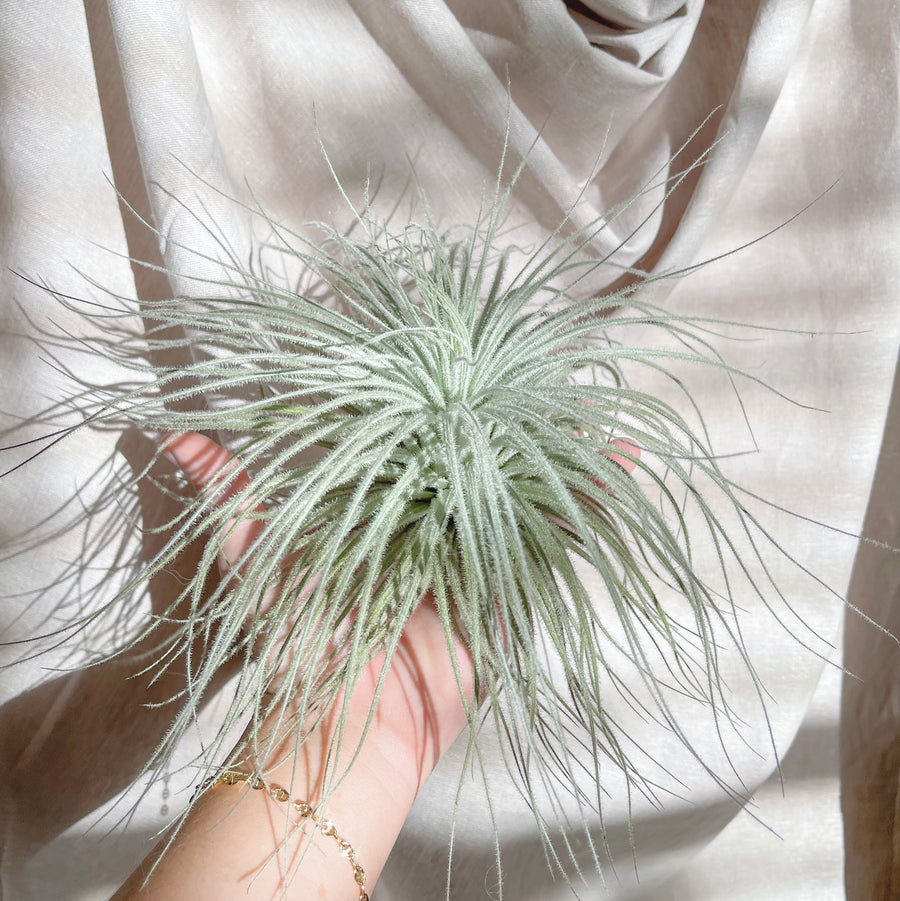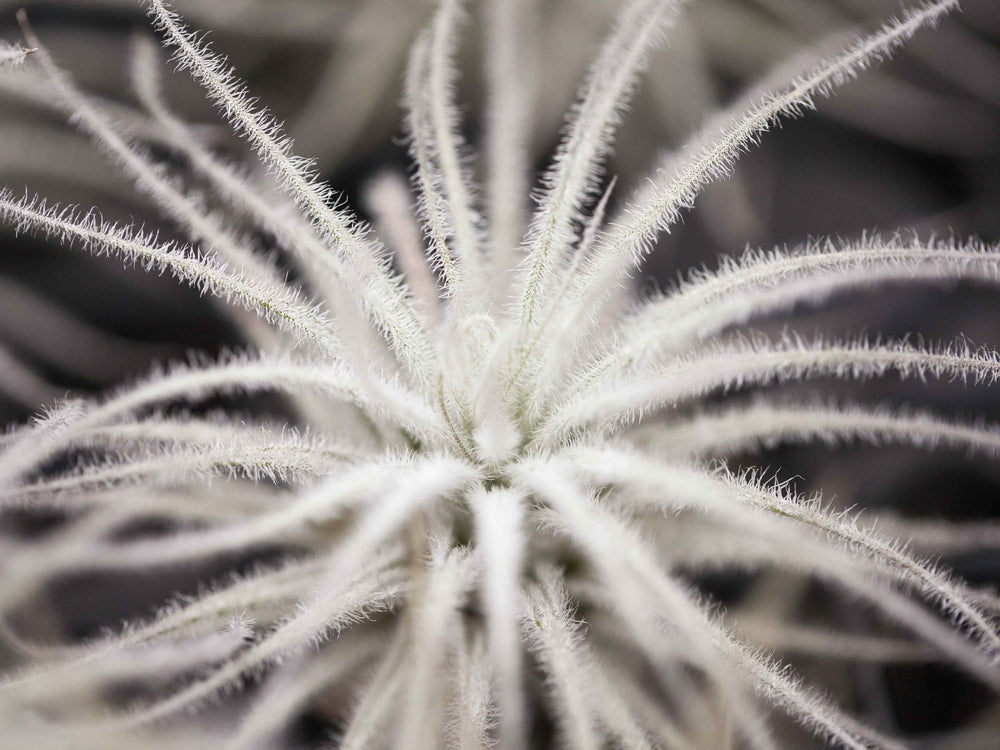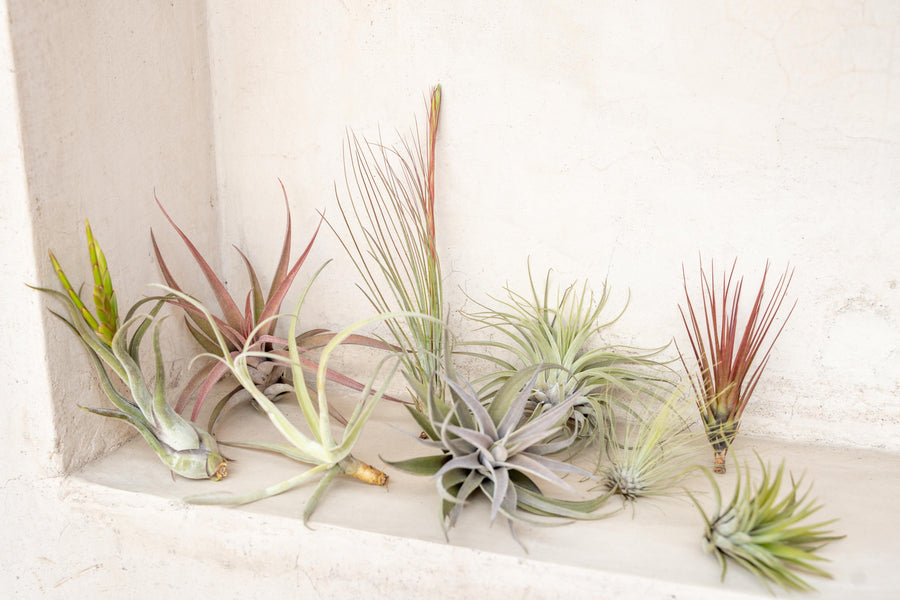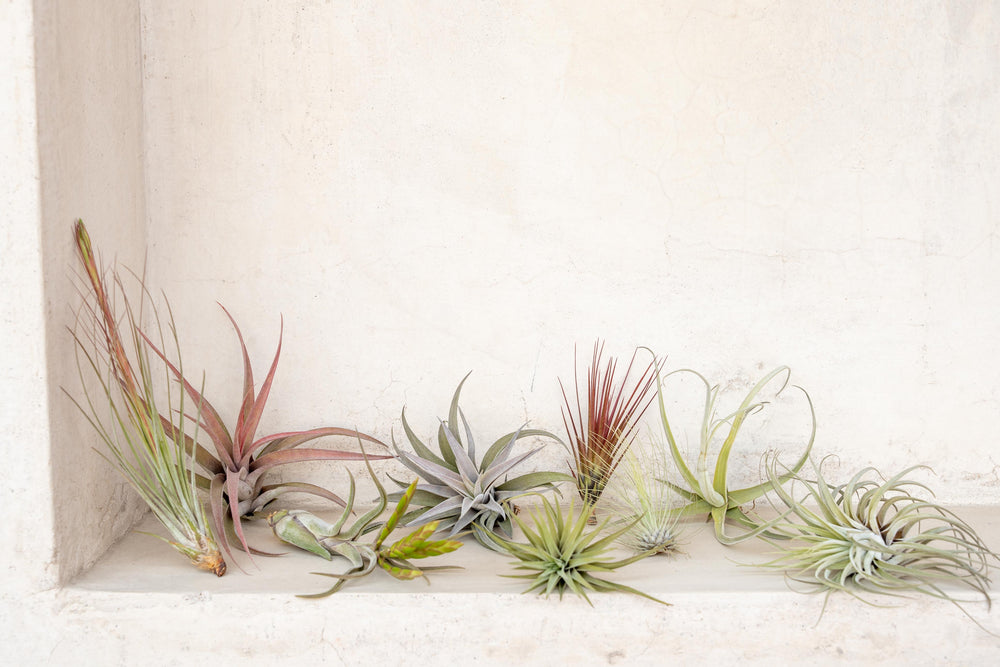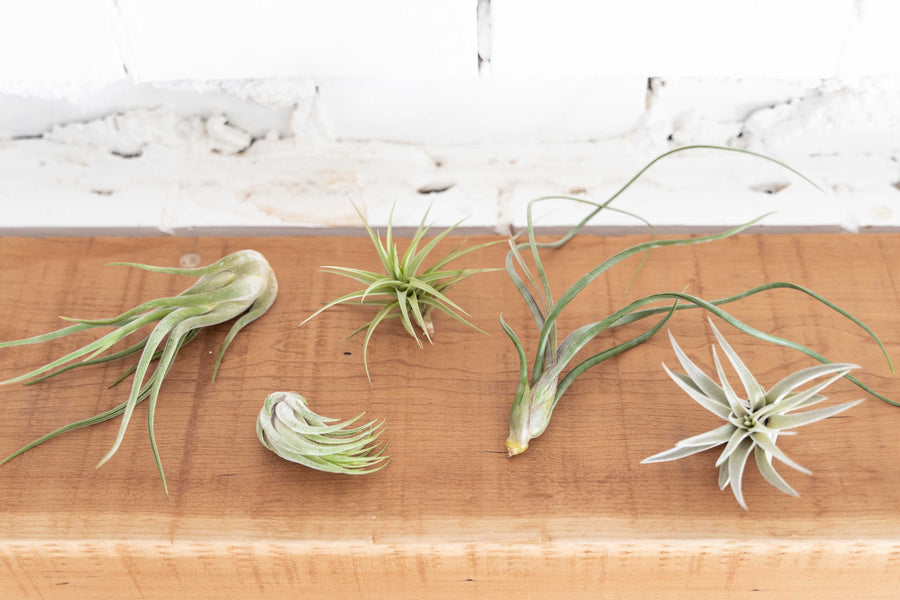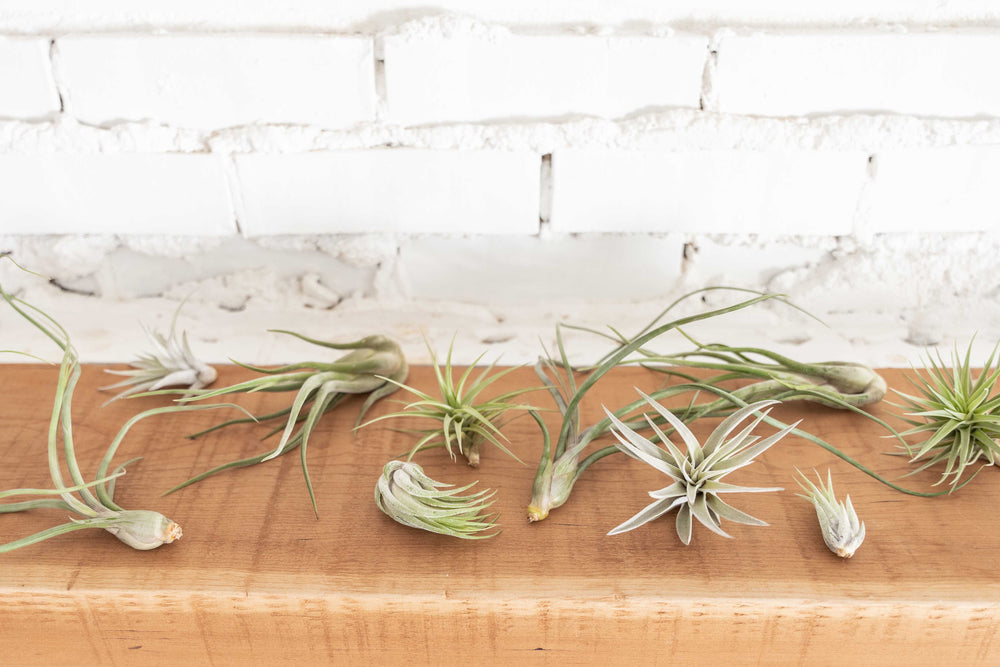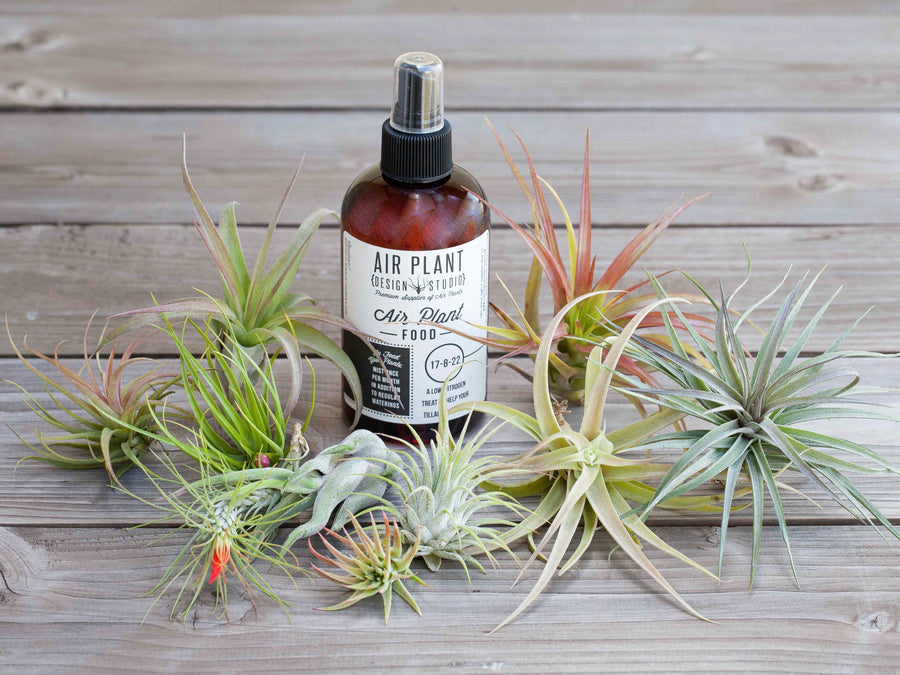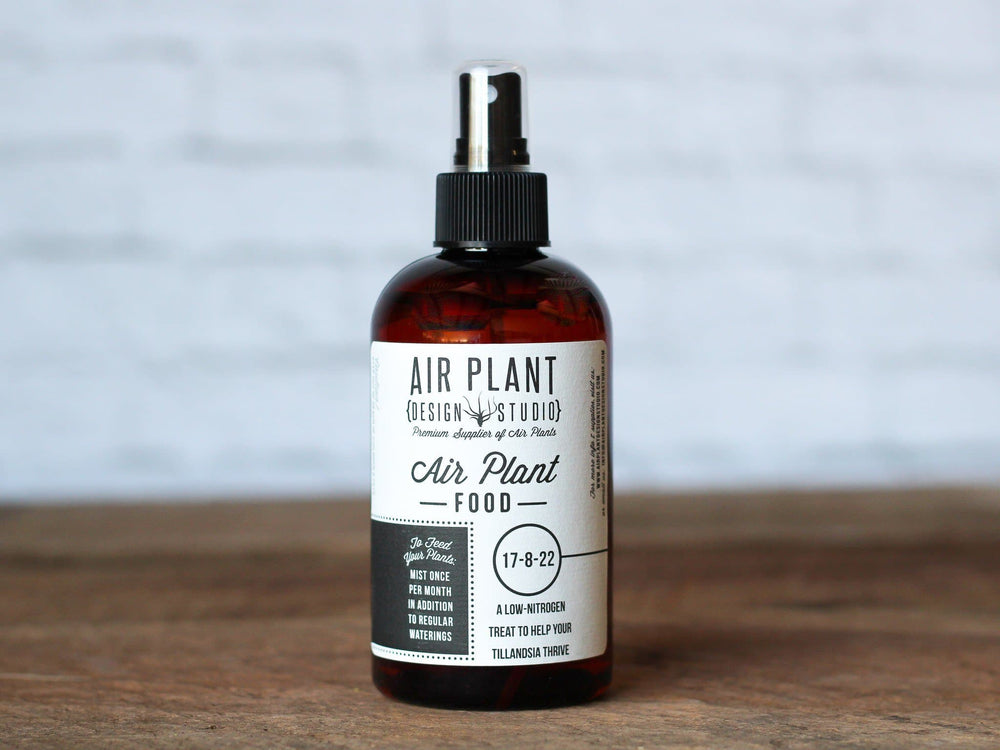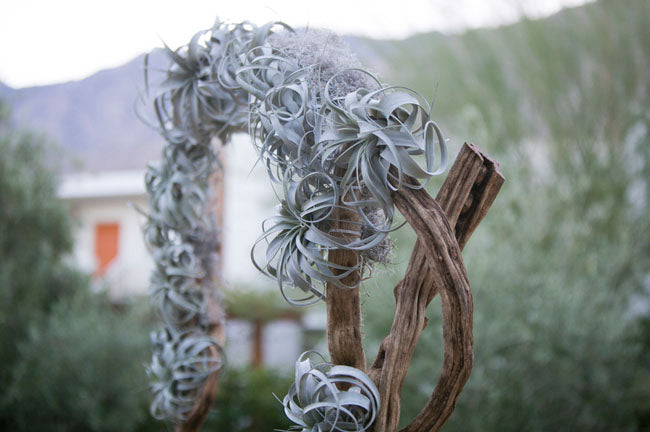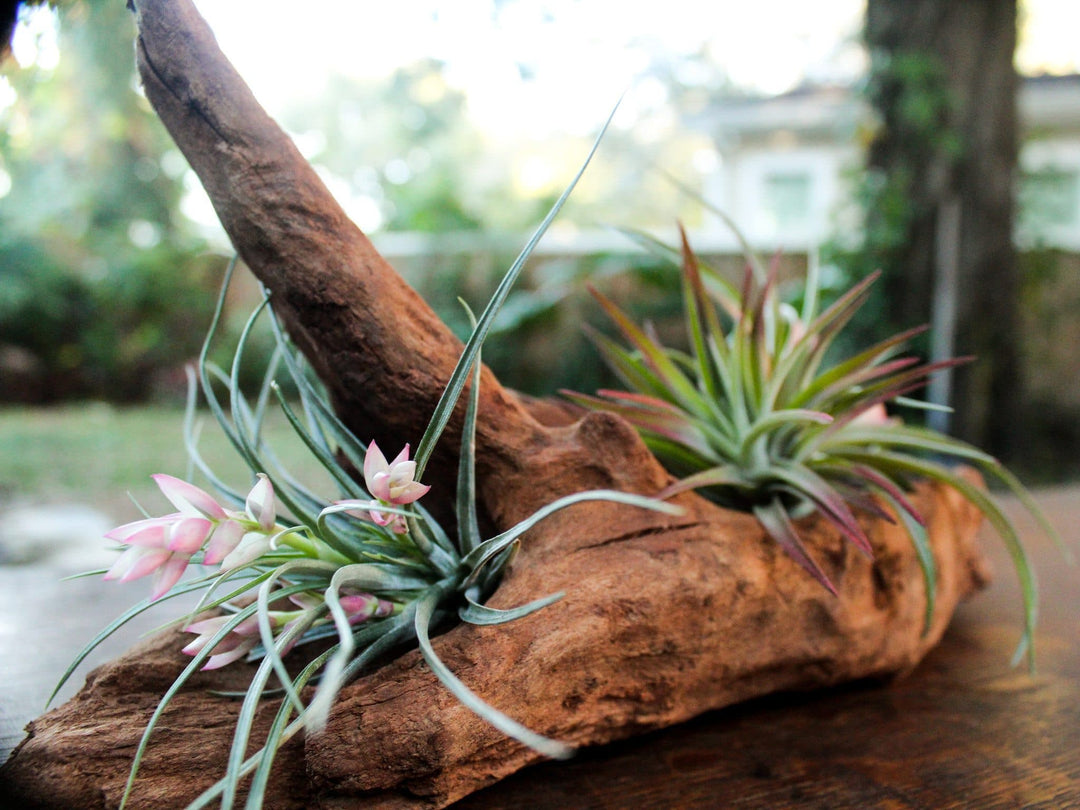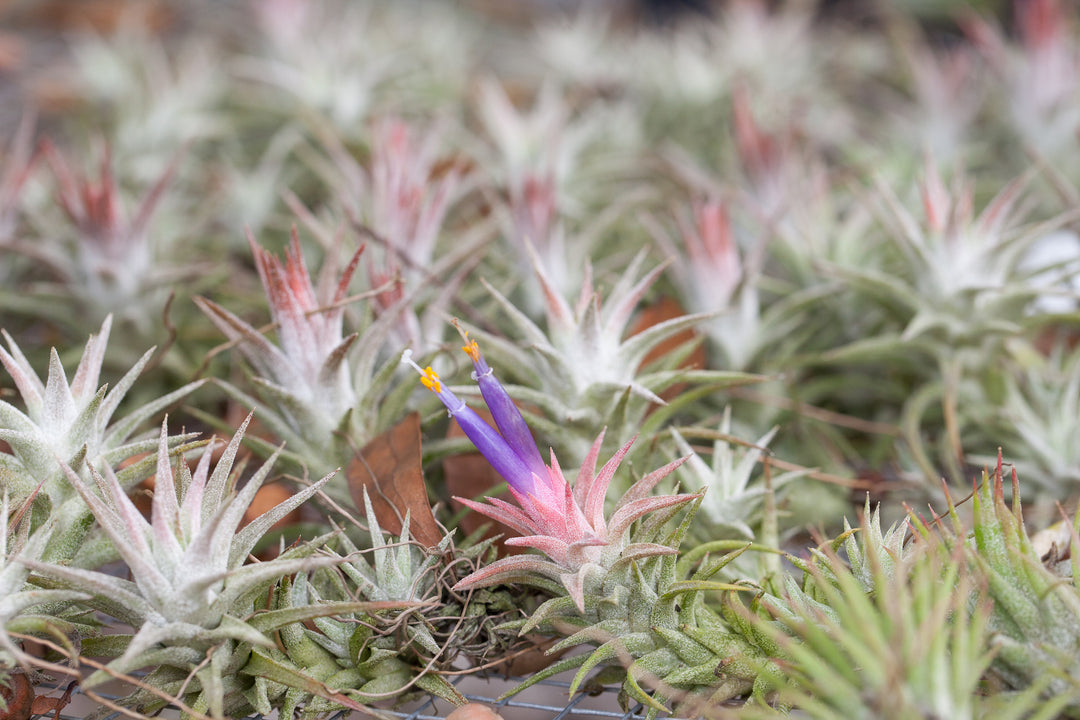How Fast Do Air Plants Grow?
You’ve had your air plant for a few months, and despite your loving attention and care, it looks like it’s not even growing! What is going on? How fast do air plants grow anyways? Don’t get discouraged just yet, Tillandsias air plants are actually pretty slow growing plants. If given proper care, they will grow and eventually bloom, it just takes some time.
While there are some faster growing species, as a whole, Tillandsia grow very slowly, which makes it that much more special when you have a large specimen plant to display. The growth rate of an air plant will also depend on if the plant is an offset from propagation or a seedling grown from tillandsia seed. Seedlings will grow much slower, with the first two years or so of life under 1 inch in size. After the first few years they start to get growing a little faster as they get larger sized. While seed grown plants do grow much slower, they tend to be bigger and better specimens than plants grown as offset. Plants grown from offset or "propagation" will grow very quickly compared to seed grown and generally bloom within the first few years as the cycle continues and they produce offset of their own.

The Tillandsia fasciculata tropiflora can take quite a while to grow to be this large
A good thing to keep in mind when caring for your air plants is to consider where your air plant species grows in the wild. Is the species from a dry dusty desert where it doesn’t get much water (xeric), a high altitude cloud forest, or from a rainforest with high humidity and ample rainfall (mesic)? Plants found in these specific climates will display specific characteristics due to the differences in climate and will grow accordingly. Plants in a drier climate might grow slower than those in more humid moisture rich environments.
To learn about the difference between mesic and xeric plants, take a look at our blog post (Mesic Vs. Xeric Air Plants) that details the specific differences and what they will prefer water and light wise.
If you can closely mimic the plants original environment, it will have great impact on how fast the plant grows. It can take years for a small air plant to grow and eventually bloom, so patience is key. But your plant might surprise you and grow and bloom faster than normal though, it’s not an exact science.
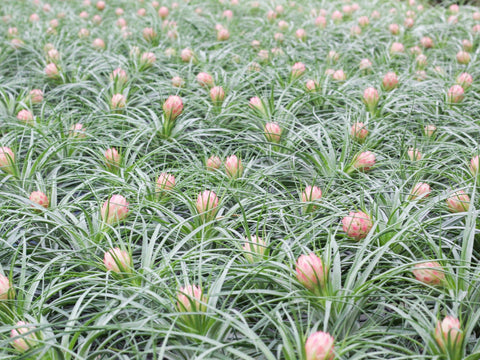
These blooming Tillandsia stricta plants will soon produce offsets (pups)
Most air plants will produce offsets or pups during the first year of their life, after blooming, but if your plant hasn’t yet, don’t worry, it just might be a slower growing plant. Just continue to take care of your plant and ensure that it receives adequate light and water.

This pup on the slow growing T. xerographica can take quite awhile to grow into a mature plant
One of the slowest growing Tillandsia species is the T. xerographica which can take years to grow large enough to produce a bloom and pups. Small T. xerographica plants that are around 4-5 inches in diameter can be 3-5 years old. Other slow growing plants that end up quite large are the T. capitata and T. harrisii.
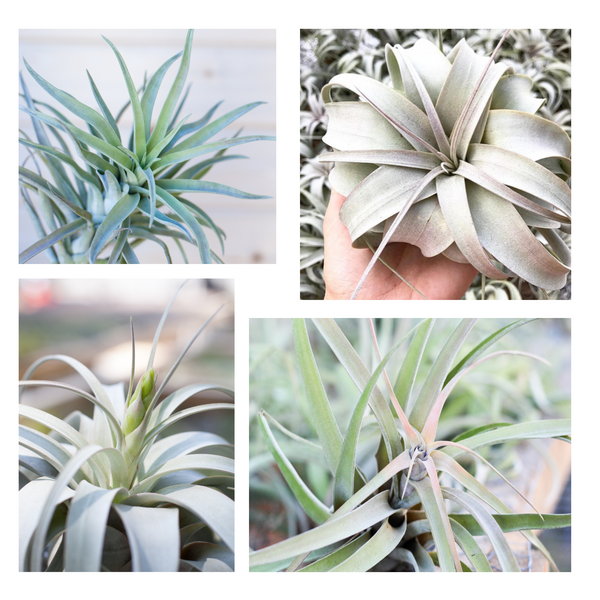
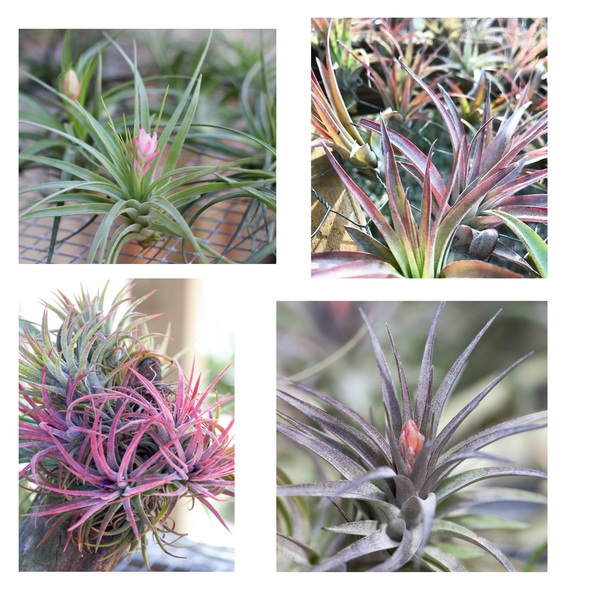
If you want to give your plants an extra boost, you can fertilize them once a month in addition to regular waterings, which will encourage faster growth, blooming, and pup formation. Take a look at and purchase our specially formulated Tillandsia fertilizer to promote your air plant's growth!

Be patient with your plants, they will grow best with adequate light and water, and good air circulation. Change your care regimen during seasonal changes such as Summer or Winter. You should have a thriving air plant that will eventually produce blooms and pups! Maybe you'll even grow a large specimen air plant.
As always if you have any care questions don't hesitate to reach out to us at info@airplantdesignstudio.com We are happy to help.


